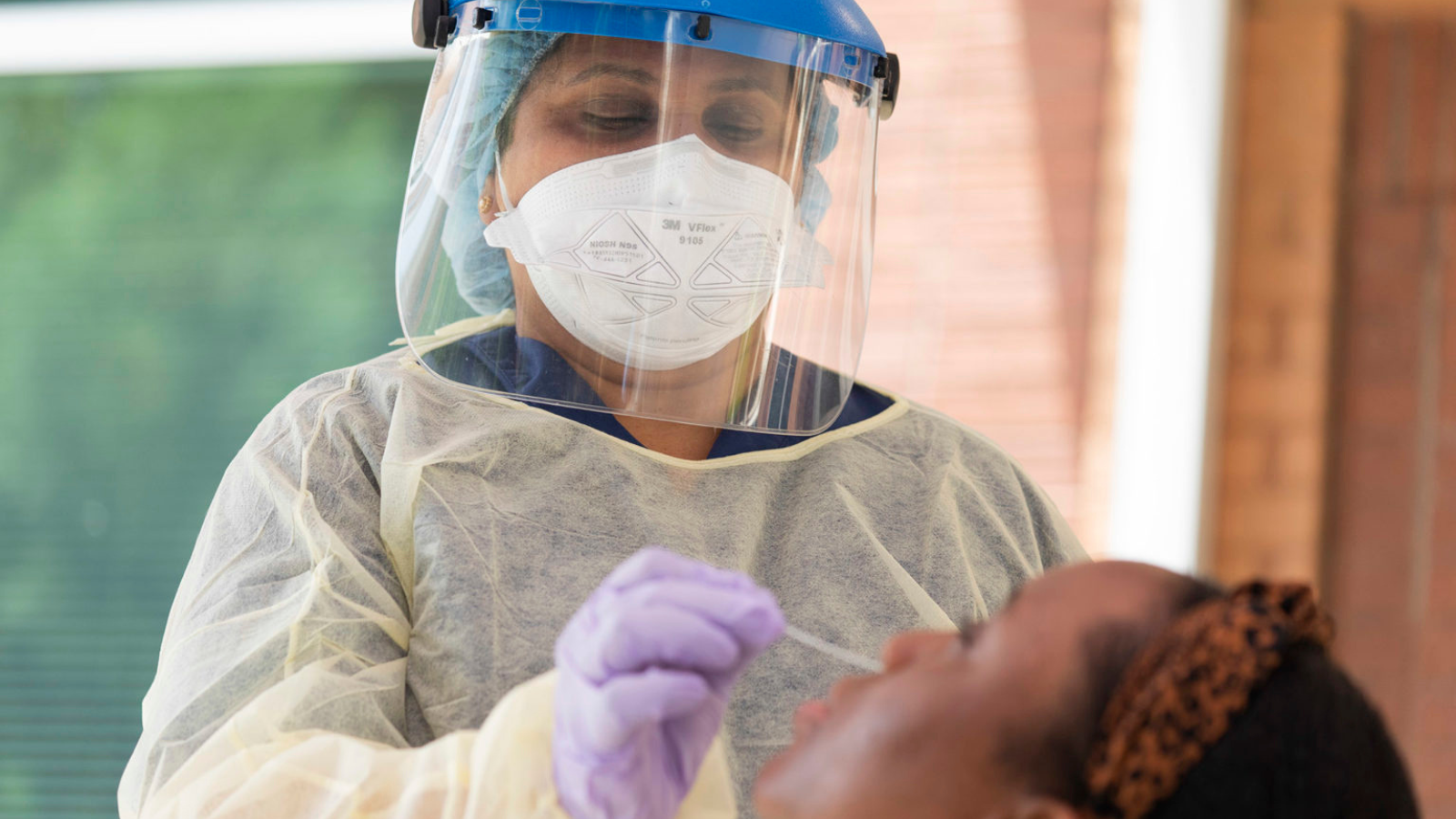By
New study questions how trials not including those most at risk of disease can apply to them
Drug trials during the COVID-19 pandemic had a flaw, according to new research from the University of Georgia.
The patient populations included in the studies weren’t representative of the people who were most affected by the coronavirus. And the studies inconsistently reported on key demographic characteristics, such as participants’ race and ethnicity.
That variability makes it difficult to generalize study findings to larger populations, the researchers said.
“If the population within your study doesn’t reflect your patient population, do we know it will still work for different groups?” said Daniel Chastain, lead author of the study and an associate professor at the College of Pharmacy. Chastain served on the front lines of the pandemic as a pharmacist in Albany, Georgia, one of the hardest hit spots in the country.
The researchers previously advocated for diversifying clinical trials in a perspective published by the New England Journal of Medicine in August 2020. But the results of that call have been underwhelming.
Majority of participants in COVID-19 trials were white, male and over 50
The majority of participants are still white, even when the trials focus on conditions that more commonly affect minority groups. They’re also typically male, which makes it more difficult to determine how a given drug will affect women.
The new review analyzed the demographic makeup of 16 U.S.-based COVID-19 drug trials (some of which also included international study sites), comprising more than 8,100 patients from Dec. 1, 2019, to Nov. 24, 2020. The researchers then contrasted those findings with surveillance data from the Centers for Disease Control and Prevention.
In 12 of the 16 studies, at least half of the participants were white. During that period, Caucasian people made up less than 40% of COVID-19 cases, based on the CDC data.
Although Black patients made up one in 10 coronavirus cases at the time of the trials, fewer than 10% of participants were Black in seven of the studies. African Americans were at greater risk of infection and death throughout the pandemic than their white counterparts.
One of the first steps to more accurately representing diverse populations of our country is the acknowledgment that there may indeed be an issue.” —Sharmon Osae, College of Pharmacy
Additionally, although more COVID-19 cases were women during the time of the drug trials, at least half of the patients were male in 10 of the studies.
The majority of the studies reported an average participant age of 50 years or older, which is at odds with the CDC data that shows more than half of all COVID-19 cases during that time period occurred in patients 18 to 49. Only three of the studies had participants averaging 60 years or older, despite that being the population most at risk for being hospitalized and dying from the disease.
“One of the first steps to more accurately representing diverse populations of our country is the acknowledgment that there may indeed be an issue,” says Sharmon Osae, co-author on the study and an assistant professor in the College of Pharmacy. “I think that the pandemic has placed a hyperfocus on a challenge that has existed for many years, and that has created dialogue about what are possible next steps to overcome these challenges.”
The researchers say reevaluating recruitment techniques would be a good start to diversifying trial participants. Increasing funding for researchers from underrepresented ethnic groups also wouldn’t hurt. Expanding clinical trial sites to include locations in underserved areas, as the researchers first suggested in their letter to the New England Journal of Medicine might make the biggest difference.
Chastain previously co-authored a paper, published in the Journal of Hospital Medicine, urging health care providers to be more circumspect in using unproven and undertested treatments and therapies on different patient populations.
“If we had put infrastructure in place for clinical trial sites in areas that were heavily hit, those clinical trials would’ve been highly diversified and would’ve been much more representative of what the coronavirus pandemic looked like throughout the U.S.,” Chastain said. “We have no idea what the potential long-term consequences of treatments may be if we don’t test them in the appropriate populations.”
Published in Contemporary Clinical Trials, the study was co-authored by UGA’s Vishwa Patel and Alexandria Jefferson; the College of Pharmacy’s Henry Young; and researchers from Phoebe Putney Memorial Hospital, the University of Colorado and the Hospital Infantil de Mexico.


